Wes Anderson at the Design Museum celebrates an obsessive attention to detail
‘Wes Anderson: The Archives’ pays tribute to the American film director’s career – expect props and puppets aplenty in this comprehensive London retrospective
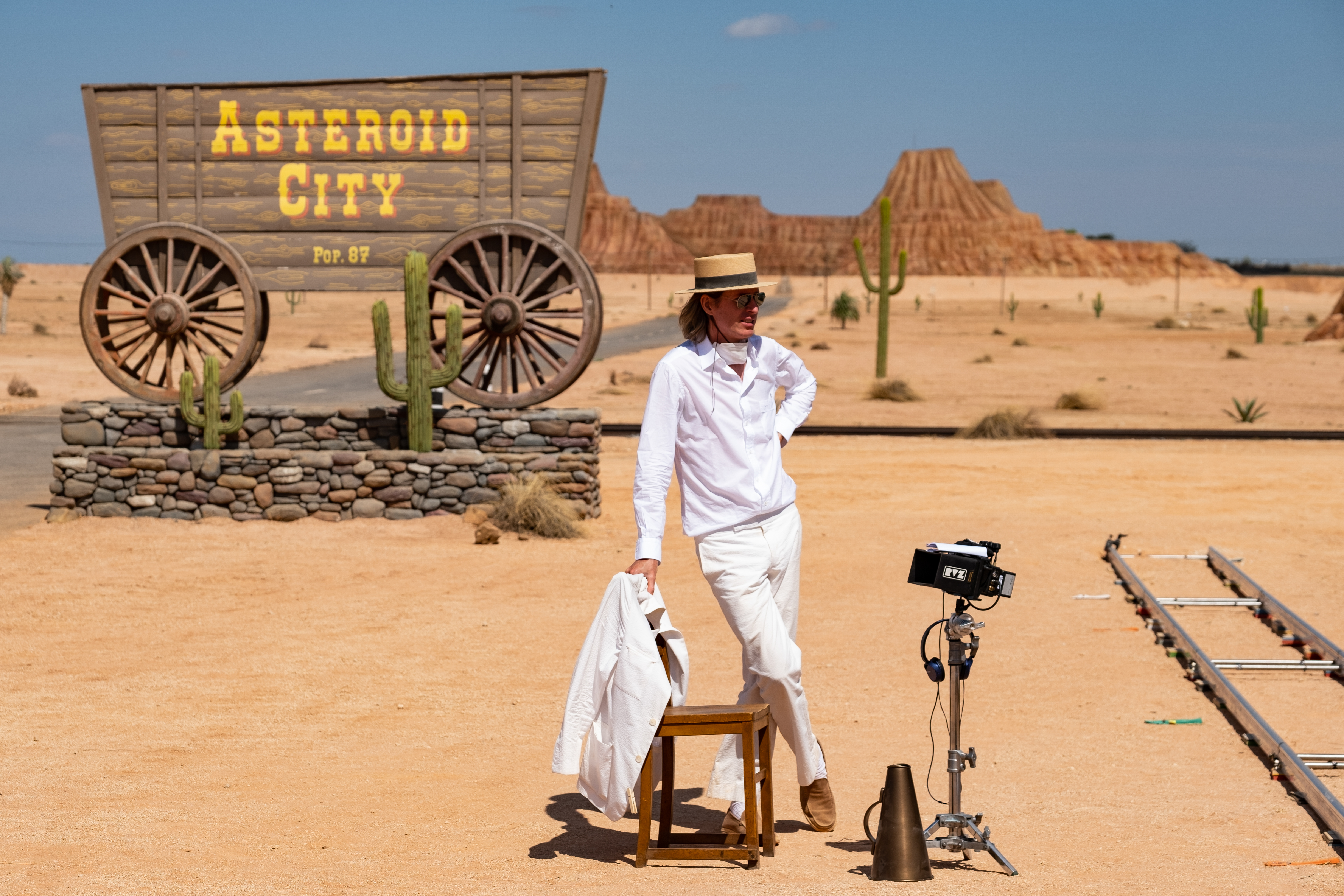
Margot Tenenbaum’s Fendi mink coat is one of the most instantly recognisable pieces of clothing in contemporary film. Worn by Gwyneth Paltrow in 2001 movie classic The Royal Tenenbaums, the coat now sits in an expansive exploration of US director Wes Anderson at the Design Museum in London. The exhibition also features a set of bespoke Louis Vuitton suitcases, stamped with miniature safari animals and featured in 2007’s The Darjeeling Limited. In another space, an intimately scaled puppet used to bring George Clooney’s titular character to life in the 2009 stop-motion animation Fantastic Mr Fox is on display. The show is an in-depth ode to hands-on filmmaking, and a welcome antidote to our CGI and AI age.
The curatorial team were granted full access to Anderson’s prolific archive, creating vignettes for each film that form a chronological display. ‘There are so many aspects of his work that are connected with design and architecture,’ says Johanna Agerman Ross, who curated the show and catalogue alongside Matthieu Orléan and Lucia Savi in collaboration with La Cinémathèque Française. 'As a design museum, we wanted to make that a prominent part of the exhibition.'

Tracy's puppet (detail), Arch Model Studio, Isle of Dogs (2018)

Still from The Grand Budapest Hotel (2014)
The lived-in tactility of Anderson’s films is evident throughout. Costumes are made from sumptuous furs and bobbly felts, creating authentic textures and personalities for each of his characters. The Scout outfit worn by 12-year-old Sam (Jared Gilman) in Moonrise Kingdom (2012) is casually styled, with rolled-up cuffs and jaunty accessories, as a child – especially one as rebellious as this lead character – may dress themselves. Willem Defoe’s chilling family fixer in The Grand Budapest Hotel (2014), meanwhile, is brought to life with sinister intensity by his tailored leather costume and knuckledusters. Mr Fox’s tiny soft corduroy suit was not the simple creation of his puppeteer but designed by Savile Row tailor Scabal.
The props are equally evocative. While many films utilise props for background world-building, Anderson brings an at times obsessive depth to his creations. The young-adult fiction books featured in Moonrise Kingdom were all designed from scratch, with constructed plots, making the eventual titles and covers seem authentic. The show also features a miniature replica of Anderson’s own childhood copy of Roald Dahl’s Fantastic Mr Fox. This movie and his other famous stop-motion film, Isle of Dogs (2018), are explored in highly technical detail, with skeletal inner workings highlighting the depth to which each character is articulated and considered, their intricate, kinetic facial features and unkempt fur adding a touch of realism and character.

Wes Anderson with the model of The Grand Budapest Hotel, photographed in 2025

Vending machines, Atelier Simon Weisse, Asteroid City (2023)
The exhibition paints a view of the director as both compulsively precise and playful, refusing to cut corners when an original form of expression might be possible. 'I think he became keener about commissioning items as he went along,' says Agerman Ross. 'With his first film, Bottle Rocket (1996), he commissioned some things, but it was all returned to the prop house. With Rushmore (1998), he decided to keep everything because he was quite upset to find that when he needed to reshoot, things weren’t there. This became the starting point for the archive, and I think he got a taste for commissioning.'
‘It’s a crescendo of all the techniques he has used, from puppets to miniature models and props and original costumes’
Johanna Agerman Ross, curator
The show highlights how Anderson’s process has evolved, from his early explorations of playful stop motion in The Life Aquatic with Steve Zissou (2004) to his recent work on Asteroid City (2023), which richly combines live action and more imaginative use of design. 'It’s a crescendo of all the techniques he has used, from puppets to miniature models and props and original costumes,' says Agerman Ross.
Anderson is now at a point in his career where he is trusted to fulfill his wildest ambitions. Agerman Ross hopes that this exhibition highlights the creative possibility that still exists in the film industry. 'Filmmaking is a deeply collaborative process. The world of design is vast and film is its own universe; we hope to make it intriguing for young people. How do you become a puppet maker or a set designer? When people see it played out through these objects, they can become more informed about these roles.'
Receive our daily digest of inspiration, escapism and design stories from around the world direct to your inbox.
‘Wes Anderson: The Archives’ at the Design Museum from 21 November 2025 – 26 July 2026, designmuseum.org

Wes Anderson with models of his characters
Emily Steer is a London-based culture journalist and former editor of Elephant. She has written for titles including AnOther, BBC Culture, the Financial Times, and Frieze.
-
 Langosteria Montenapoleone is the new multi-level dining destination to know in Milan
Langosteria Montenapoleone is the new multi-level dining destination to know in MilanCrowning the top three floors of the recently opened Palazzo Fendi, the Langosteria group unveils its most ambitious venture yet
-
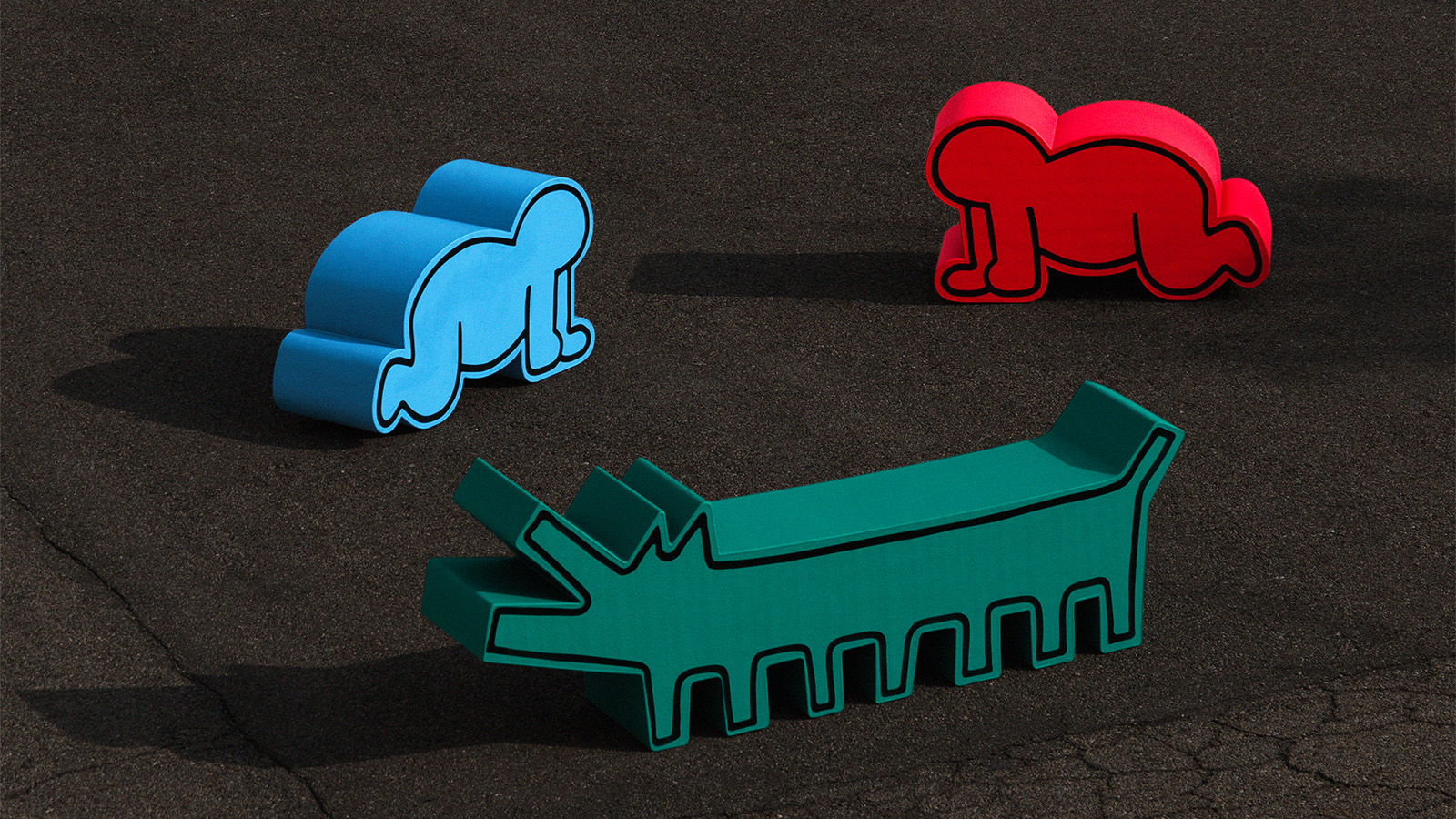 You can now buy Keith Haring's Luna Luna carousel seats
You can now buy Keith Haring's Luna Luna carousel seatsGufram has partnered with the Keith Haring Foundation to reissue two of Haring's carousel seats from the 80s theme park
-
 Rolls-Royce pushes pixels with this retro-game inspired edition of the Black Badge Ghost
Rolls-Royce pushes pixels with this retro-game inspired edition of the Black Badge GhostReady Player One? The Black Badge Ghost Gamer is a bespoke super-luxury limousine infused with the style and shape of 8-bit arcade graphics
-
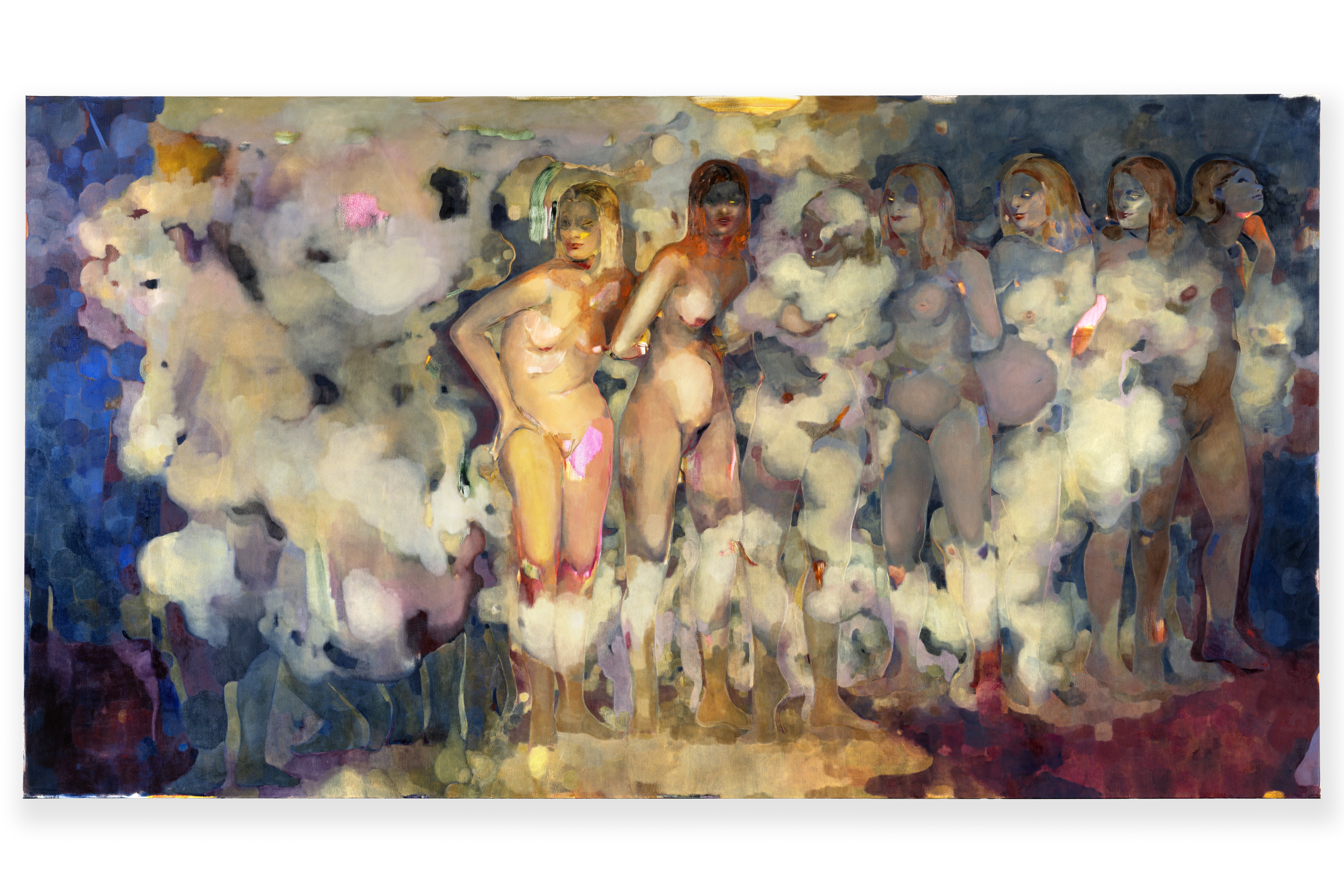 Meet Eva Helene Pade, the emerging artist redefining figurative painting
Meet Eva Helene Pade, the emerging artist redefining figurative paintingPade’s dreamlike figures in a crowd are currently on show at Thaddaeus Ropac London; she tells us about her need ‘to capture movements especially’
-
 David Shrigley is quite literally asking for money for old rope (£1 million, to be precise)
David Shrigley is quite literally asking for money for old rope (£1 million, to be precise)The Turner Prize-nominated artist has filled a London gallery with ten tonnes of discarded rope, priced at £1 million, slyly questioning the arbitrariness of artistic value
-
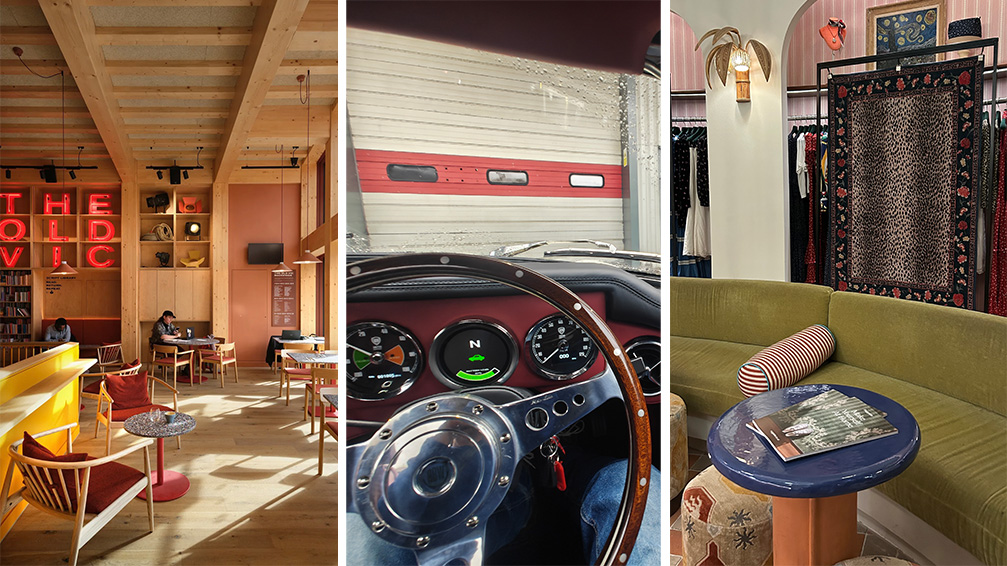 Out of office: The Wallpaper* editors’ picks of the week
Out of office: The Wallpaper* editors’ picks of the weekThe rain is falling, the nights are closing in, and it’s still a bit too early to get excited for Christmas, but this week, the Wallpaper* team brought warmth to the gloom with cosy interiors, good books, and a Hebridean dram
-
 A former leprosarium with a traumatic past makes a haunting backdrop for Jaime Welsh's photographs
A former leprosarium with a traumatic past makes a haunting backdrop for Jaime Welsh's photographsIn 'Convalescent,' an exhibition at Ginny on Frederick in London, Jaime Welsh is drawn to the shores of Lake Geneva and the troubled history of Villa Karma
-
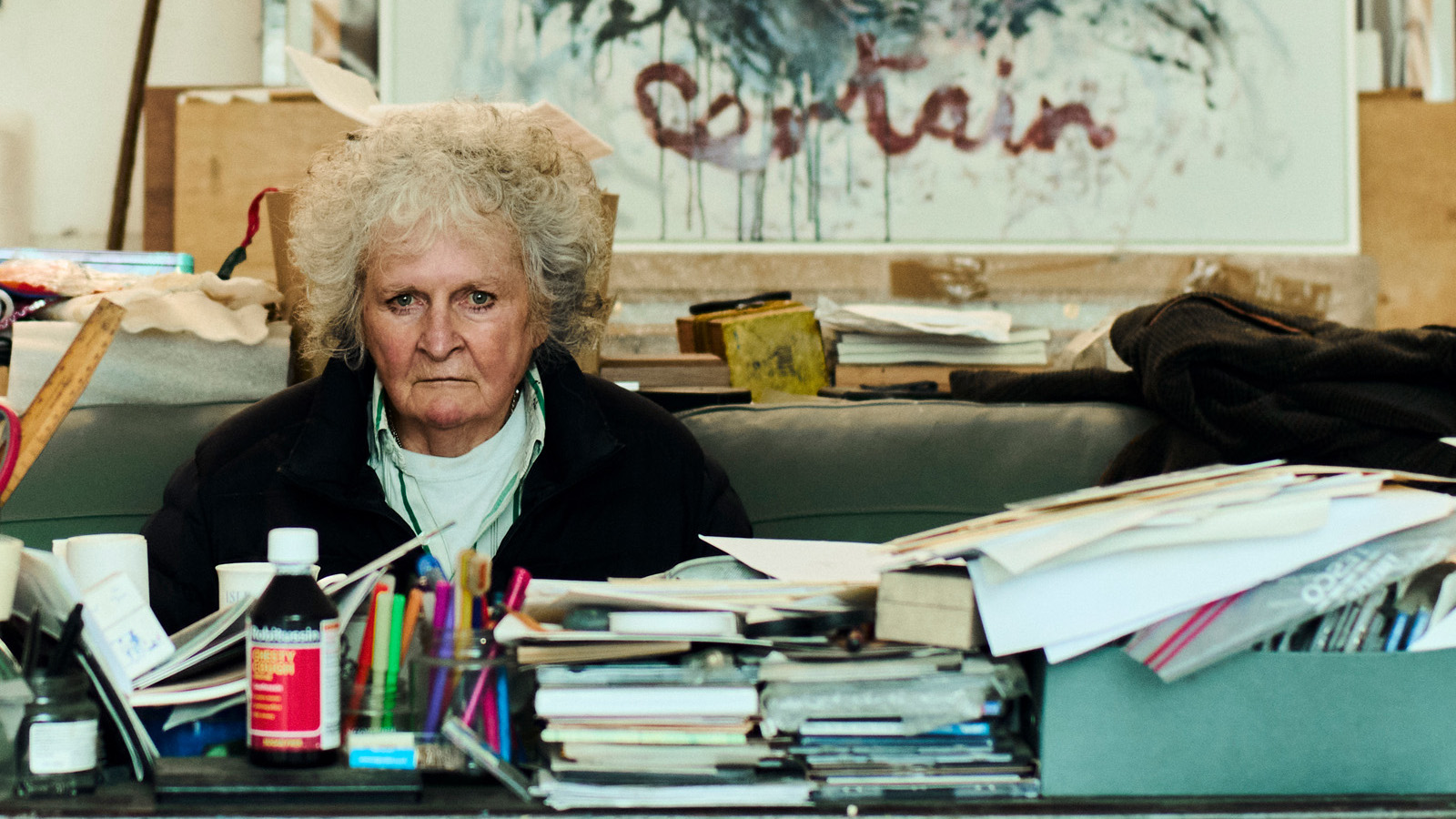 Maggi Hambling at 80: what next?
Maggi Hambling at 80: what next?To mark a significant year, artist Maggi Hambling is unveiling both a joint London exhibition with friend Sarah Lucas and a new Rizzoli monograph. We visit her in the studio
-
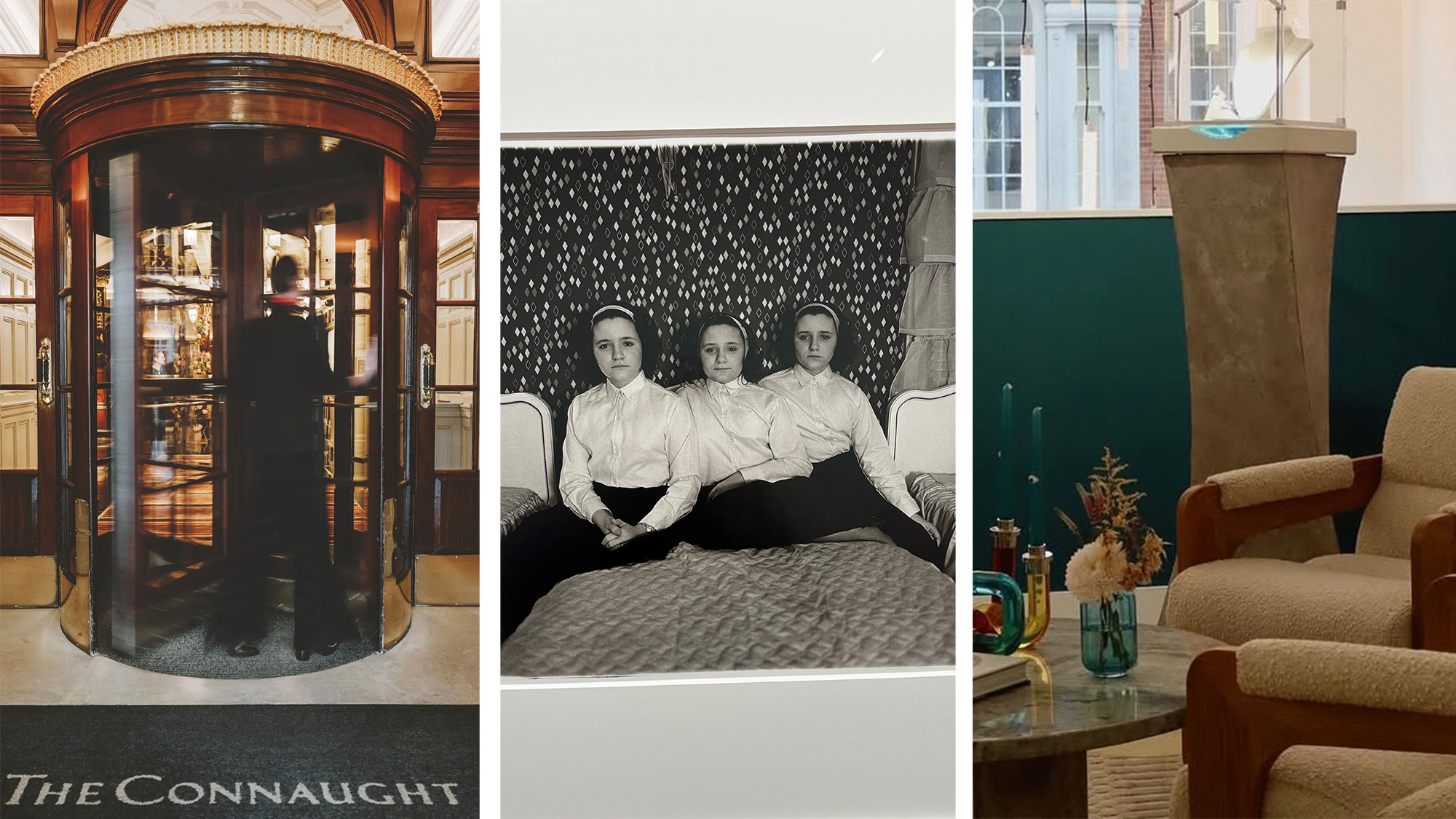 Out of office: The Wallpaper* editors’ picks of the week
Out of office: The Wallpaper* editors’ picks of the weekThis week, the Wallpaper* editors curated a diverse mix of experiences, from meeting diamond entrepreneurs and exploring perfume exhibitions to indulging in the the spectacle of a Middle Eastern Christmas
-
 Artist Shaqúelle Whyte is a master of storytelling at Pippy Houldsworth Gallery
Artist Shaqúelle Whyte is a master of storytelling at Pippy Houldsworth GalleryIn his London exhibition ‘Winter Remembers April’, rising artist Whyte offers a glimpse into his interior world
-
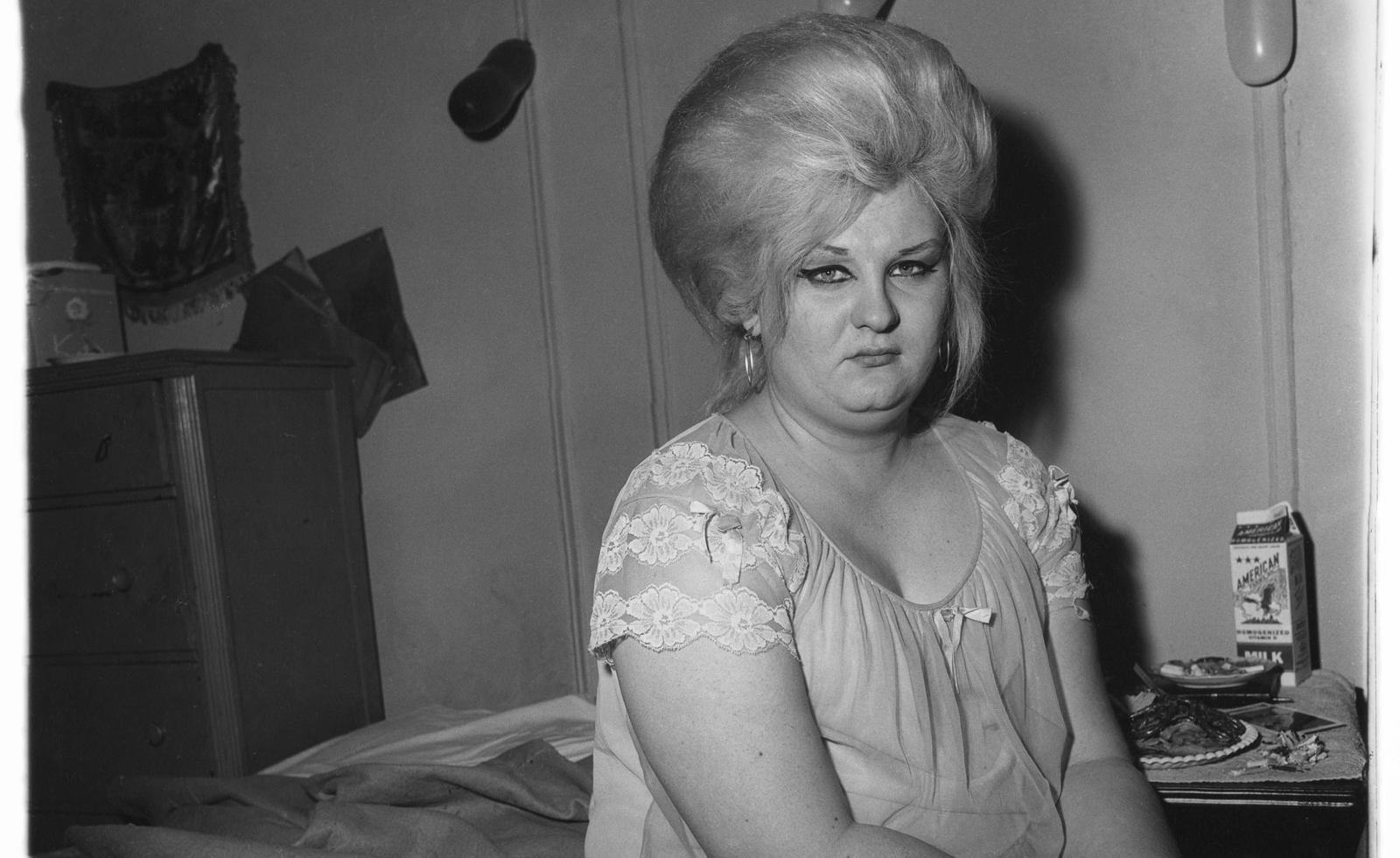 Diane Arbus at David Zwirner is an intimate and poignant tribute to her portraiture
Diane Arbus at David Zwirner is an intimate and poignant tribute to her portraitureIn 'Diane Arbus: Sanctum Sanctorum,' 45 works place Arbus' subjects in their private spaces. Hannah Silver visits the London exhibit.